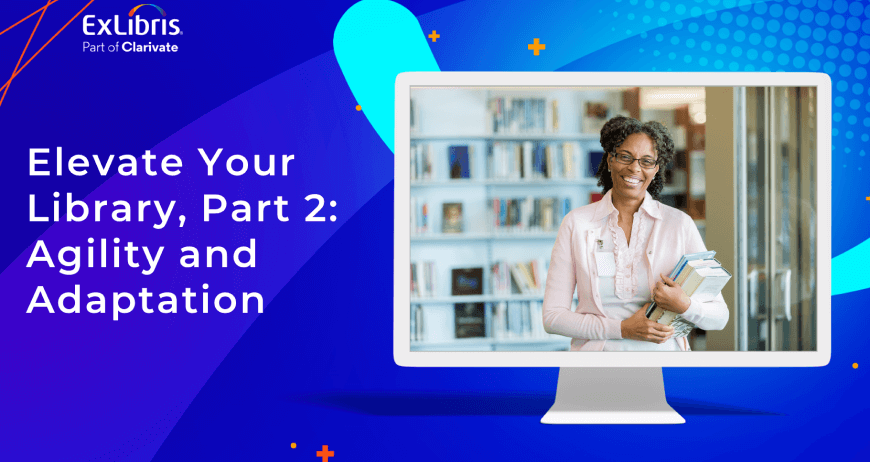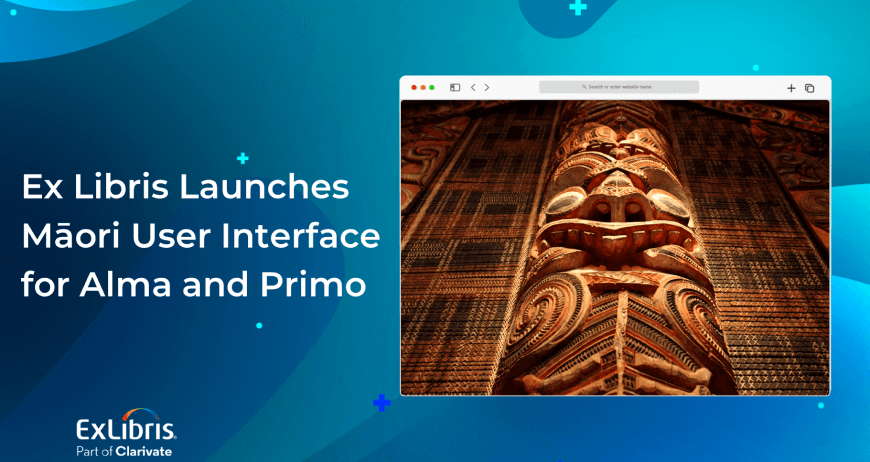A customer report by Astrid Schiemichen, Head of the University Library, University of Applied Science (HTWK) Leipzig
Before we adopted Alma and Primo, we were using Libero for our print resources and Vufind for discovery. We didn’t have any software for the management of our e-resources, and were relying on a host of systems to manage everything within the library. This led to a lot of work being duplicated. Additionally, the software we were using did not have any analysis capabilities, which meant exporting data and performing analyses outside of the library systems. Finally, the library had no human resources to maintain hardware and software. All of these things were causing issues for our staff and users, and we were having increasing difficulty providing the services expected of us.
When our hardware reached the point where it needed replacing, we decided it was time to act. Alma was exactly what we were looking for. A Software-as-a-Service (SaaS) solution, Alma would enable us to retire our hardware without needing to replace it. It would additionally save us considerable time due to both the automated processes and the fact that all media types are managed within one system, thus eliminating duplication. A third key point for us was the possibility to integrate other systems with Alma quickly and easily, as well as the fact that the Alma Analytics module, a standard part of Alma, would enable us to perform the necessary statistical analyses without the need to export data.
We joined the Early Adopter Programme at the end of 2013. As with any new systems, there were challenges we needed to face and improvements we needed to make to our data and processes before the implementation started. These challenges – in particular the fact that we had set ourselves a very tight schedule to follow for such a small project team, and the fact that all documentation and training was, at the time, in English – were met with enthusiasm by the library staff, who were all motivated by the project. The motivation of the staff was really what made this project so special; everyone was ready for change and wanted to play their part in implementing Alma.
We went live with Alma in January 2015, a year after signing the contract. All user-facing aspects of Alma went live at the same time, due to the tight time frame we had set ourselves for the implementation. This meant that other aspects initially had to wait as acquisitions and loans had absolute priority. The go-live went very smoothly and our staff were keen to work on other features such as configurations, integrations and analytics. Communication was key to the success of this project, both internally and with Ex Libris. The monthly releases have encouraged us to keep up this communication since we went live with Alma.
In the future, we would like to take the opportunity to further increase the effectiveness of our processes, which will enable a more efficient use of personnel and financial resources. We can achieve this in part by optimising and automating our workflows more. By reducing the time we spend on routine tasks, we can improve the services we offer our users.
We are delighted with our decision for Alma, which has proved to be a stable, reliable solution. The ease with which we have been able to integrate external systems has helped us a lot, and the time that staff save due to the unified management of all resource types has been noticeable. Alma has a very clear, logical structure to it and is easy to use. Ex Libris has given us a great solution and we are still enjoying learning how to get the most out of it; we adapt to Alma and at the same time Alma adapts to us. We are looking forward to seeing how Alma develops in the future – and how we will develop as librarians along with it.









